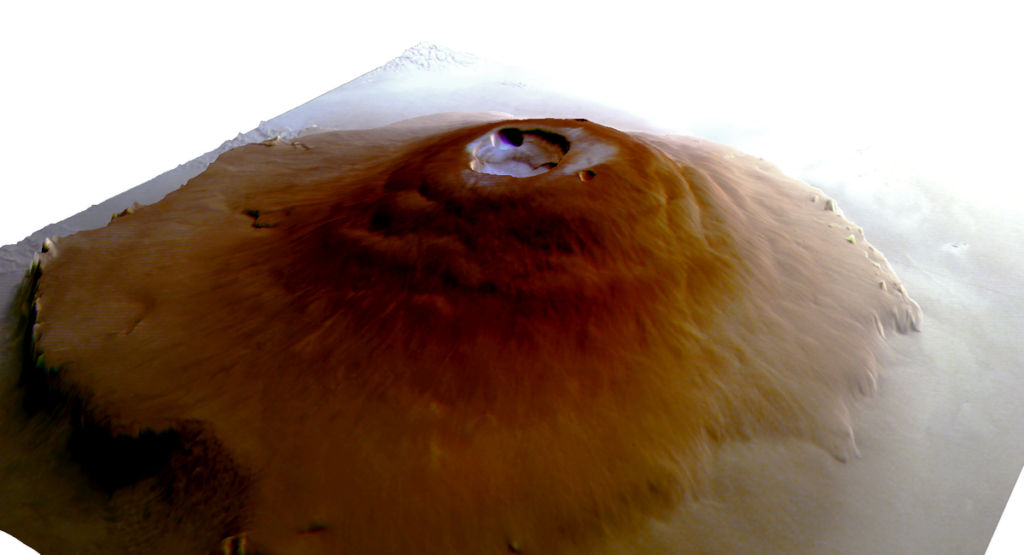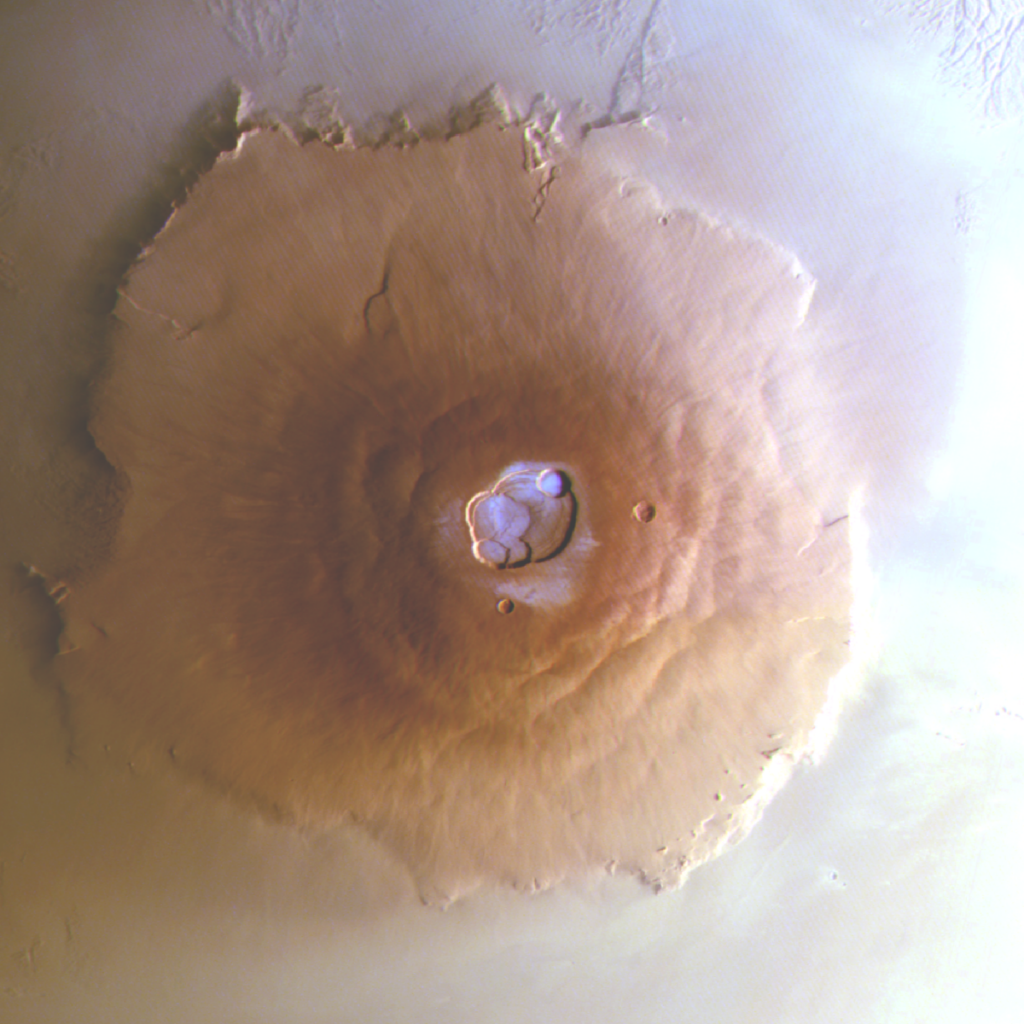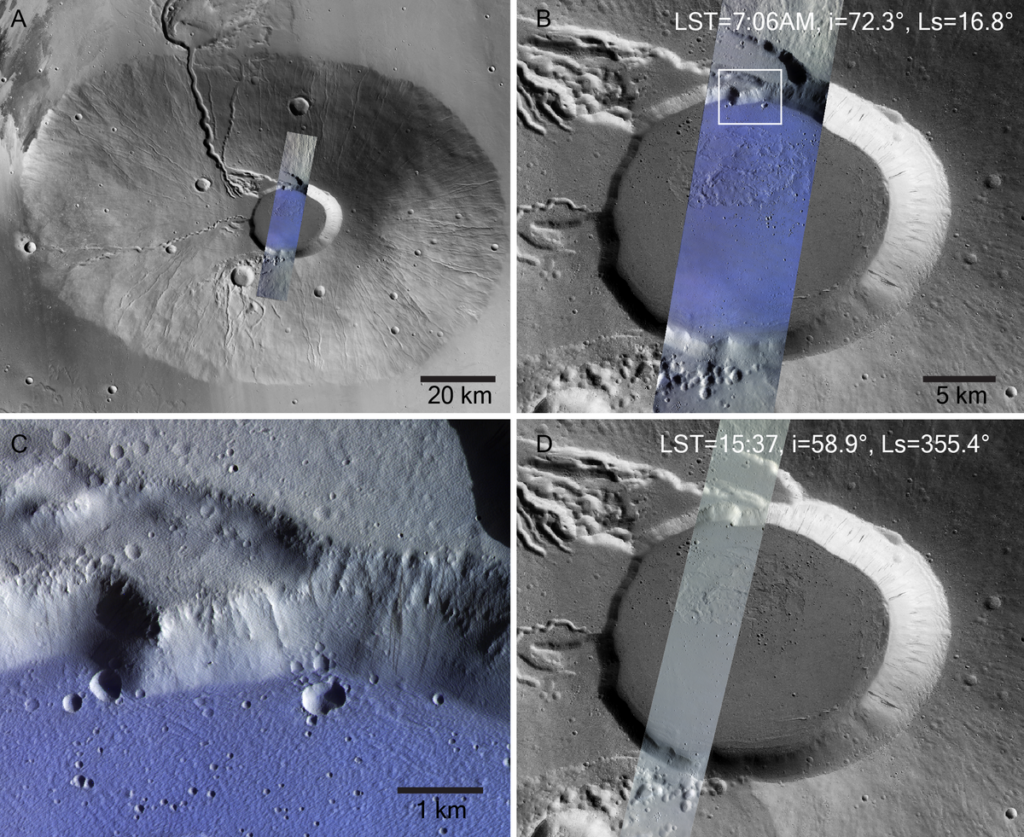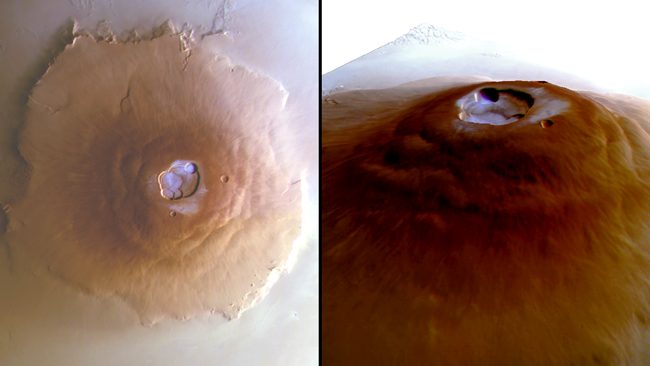Water frost near Mars’ equator was discovered, a finding we once believed to be impossible.
One important and noted discovery water frost has been seen at the equator of the red planet Mars. The existence of such discoveries implies the existence of other special processes that facilitate formation of frost in this region. Up until now, it was a law of physics which stated that it could not be possible for frost to be present in the tropic regions of Mars.
This discovery possesses potential in explaining the existence and distribution of water on the surface of Mars as well as its behaviors of exchange between the planet’s atmosphere and the surface. It could be of immense help in future manned explorations to the Red Planet for instance through the Mars Exploration Rover.
The detection of water frost was achieved by means of the European Space Agency’s ExoMars Trace Gas Orbiter (TGO) and Mars Express mission. The first research satellite to observe the frost was the TGO, and it landed at Mars in 2016, while Mars Express mission started orbiting the Red Planet in 2003.
The frost can be found within the Tharsis zone which contains 12 large volcanoes due to intense volcanic activity, most notably Olympus Mons which makes it the tallest volcano in the Solar System. Currently Olympus Mons stands a tremendous 18. 6 miles or 29. 9 kilometers, and it is of a similar size to all the other towns, with an approximate area of 2. It stands five times taller than Mount Everest which is the highest mountain on the face of the earth.
This specific kind of “forbidden frost” on the surface of Mars was found out by a PhD student Adomas Valantinas during his research at the University of Bern in Switzerland. Valantinas, an early-career researcher at Brown University, described his happiness towards the presence of frost in this location and following, he mentioned about there being special conditions for frost to form at such a place.

The frost observed on Martian surface in the form of frost patches are temporary as they melt away soon after sunrise due to the exposure to rays from the sun. These patches are extremely thin, measuring around 0. 01 mm, which is equivalent to the thickness of a strand of hair. While being as thin as a pencil, the frost is spread across a vast area of each volcano and holds enough water to fill around 60 Olympic swimming pools, making altogether nearly 29. 4 million gallons, or 111 million litres. This water passes through a cycle between the surface of the Mars and the atmosphere during the 24 and a half hour long of the day’s of the cold seasons.
Mountain high, caldra deep
The Tharsis region contains some of the largest known volcanic structures, Olympus Mons, Arsia Mons, Ascraeus Mons and Pavonis Mons, among others. These peaks are encompassed by the plains at the equator of the Red Planet. Of them, Pavonis Mons stands tall as high as Mount Everest but is in terms of lower elevation.

Frost has been noticed on Tharsis volcanoes including Olympus, Arsia, Ascraeus monts and Ceraunius Tholus. All these volcanoes have calderas at their sumits, which is craters formed by magma during eruptions. It is postulated that these frost patches arose from the microclimate originating from the circulation of air over the Tharsis sector of the planet.
As stated by the author of the article Nicolas Thomas, the researcher, and the Principal Investigator of TGO’s Colour and Stereo Surface Imaging System (CaSSIS), from the University of Bern, the winds bring the moist air from the lowest points of the region to the hill’s peaks where it promptly frosts. This is also seen on Earth and other regions of Mars and contributes to the seasonal Martian ‘‘Arsia Mons Elongated Cloud’’ formation.
Thomas established that the forms tend to develop in the cold regions of the calderas where the frost builds up in the shadowed areas.

For the first time, Adomas said that explained why frost at the equator of Mars had not been observed earlier. In his response he identified two major causes for this. First, the early morning is important for observation, and although Mars Express and TGO belong to ESA, many other agencies’ orbiters are set to maintain sync with the sun and can only observe in the afternoon. Secondly, frost deposition is known to be more linked to colder martian seasons which in turn reduce the time that could be used to establish the occurrences of the frost.
Consequently, to be able to find this momentary frost, the team either had to know the location and timing or they had to take a chance. As Adomas stated, their intent was to look for frost in the location of the equator for another research interest and were astonished to locate it on the volcano pinnacle of Mars.
The leading Mars researcher and one of the ESA project scientists for ExoMars TGO and Mars Express, Colin Wilson, hugely enthused the information about the finding of water on Mars. He stressed that such outcomes do not only pose scientific interest, but suggest profound importance to both manned and unmanned explorations. Wilson also drew attention to the fact that Mars has very low pressure at its atmosphere that results in a situation which is quite rare on the planet – the mountaintops do not result in temperature drops as compared to the plains. But this research proves that moist air blowing up the mountain slopes can condense and form frost like the case of an Earth-like condition observed here.
Another member of the team, Thomas, suggested that this discovery was made due to a good partnership between ESA’s Mars orbiters and further modeling. He underlined the importance of the similarities and differences between the Earth and Mars, as it is always useful to extend one’s knowledge of the evolution of celestial bodies and processes occurring not only in our solar system but in the vastness of the universe as a whole.
The team’s findings, published in the Nature Geoscience journal on June 10th of the current year, have not only attracted public interest but also generated much anticipation.
Do not forget to share your opinion with us to provide you with the best posts !




0 Comments